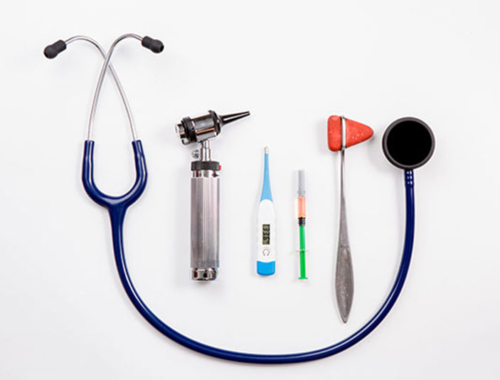The Power of Innovation: Exploring the Latest Farming Technologies

Introduction
In a world where technology is advancing at an unprecedented rate, the agricultural industry is not to be left behind. Farming, one of the oldest professions known to humanity, has embraced ingenious innovations that have transformed the way we grow crops and raise livestock. These latest farming technologies are revolutionizing the industry, making it more efficient, sustainable, and productive than ever before. Join us as we delve into the exciting advancements that are reshaping agriculture.
The Future of Farming: From Smart Sensors to Drones
1. Smart Sensors for Precision Agriculture
Imagine farm fields equipped with tiny, intelligent sensors that continuously monitor soil conditions, temperature, humidity, and vegetation growth. These smart sensors provide valuable real-time data, helping farmers make informed decisions about irrigation, fertilization, and pest control. With this technology, farmers can optimize resource usage, minimize waste, and maximize yields, leading to a more sustainable and economically viable farming system.
2. Vertical Farming Towers
With the global population on the rise, the demand for food is increasing at an alarming pace. Vertical farming towers offer a creative and practical solution to this challenge. These towering structures are equipped with automated systems that control temperature, lighting, and nutrient levels, creating the perfect environment for crops to grow indoors, year-round. By eliminating the limitations of traditional farming, such as weather and land availability, vertical farming maximizes food production in a smaller footprint.
3. Robotics and Automation
Gone are the days of manual labor-intensive farming. The integration of robotics and automation has ushered in remarkable efficiency within the agricultural sector. Robots can perform various tasks, from seeding and planting to harvesting and sorting crops. They work tirelessly, 24/7, with precision and accuracy, reducing human labor and increasing productivity. This technology not only alleviates the burden on farmers but also ensures consistent crop quality and quantity.
4. Drone Technology
Drones have taken to the skies and landed on farms, bringing about a significant change in agriculture. Equipped with advanced imaging technology, drones provide farmers with aerial views of their fields, allowing them to identify problem areas, monitor crop health, and detect signs of pests or disease. With this real-time information, farmers can implement targeted interventions, saving time, resources, and ultimately maximizing crop yields.
5. Internet of Things (IoT) in Farming
The Internet of Things has found its niche in the realm of agriculture. IoT devices, such as smart irrigation systems and connected machinery, enable seamless communication between different farming components. These devices collect and analyze data, offering valuable insights into crop growth, livestock health, and environmental conditions. With IoT, farmers can optimize their operations, manage resources effectively, and make data-driven decisions for increased efficiency and profitability.
Conclusion
As the latest farming technologies continue to evolve, the agriculture industry is undergoing a renaissance. The integration of smart sensors, vertical farming towers, robotics, drones, and IoT systems is transforming farming practices, heralding a future where sustainable food production is achievable on a global scale. These advancements not only contribute to increased productivity and profitability but also address the pressing challenges of food security and environmental sustainability.
Embrace the possibilities of technology in farming, and witness how the agricultural landscape blossoms with innovation and abundance.
Frequently Asked Questions (FAQ)
1. Are these farming technologies accessible to all farmers?
While some of these technologies may come with a considerable cost, efforts are being made to make them more accessible to farmers of all scales. Government initiatives, subsidies, and collaborations with technology providers strive to bridge the gap and enable small farmers to benefit from these innovations.
2. How do these technologies contribute to sustainability?
The technologies mentioned reduce resource consumption by optimizing inputs, minimizing waste, and improving efficiency. By managing resources effectively and maximizing yields, they promote sustainability by reducing the environmental impact of farming practices.
3. What are the advantages of vertical farming towers?
Vertical farming towers offer several advantages, including year-round crop production, minimized water usage, reduced reliance on pesticides, and the ability to grow crops in urban areas. They maximize space utilization and provide fresher produce, as transportation distances are shortened.
4. Can drones replace traditional manual labor in farming?
While drones can automate certain tasks, they cannot replace all aspects of manual labor. However, they significantly assist in crop monitoring, data collection, and localized interventions, which ultimately improve productivity and reduce labor requirements.
5. Is data security a concern when using IoT devices in farming?
Data security is a crucial aspect of implementing IoT in farming. Manufacturers and software developers are continuously working on ensuring robust security measures for IoT devices to protect sensitive data. It is essential for farmers to choose reliable and trustworthy providers and implement appropriate security protocols.
You May Also Like

The Relevance of Quality Medical Equipment in Malaysia
May 23, 2023
Maintaining Mental Health in Medical School
May 8, 2023
